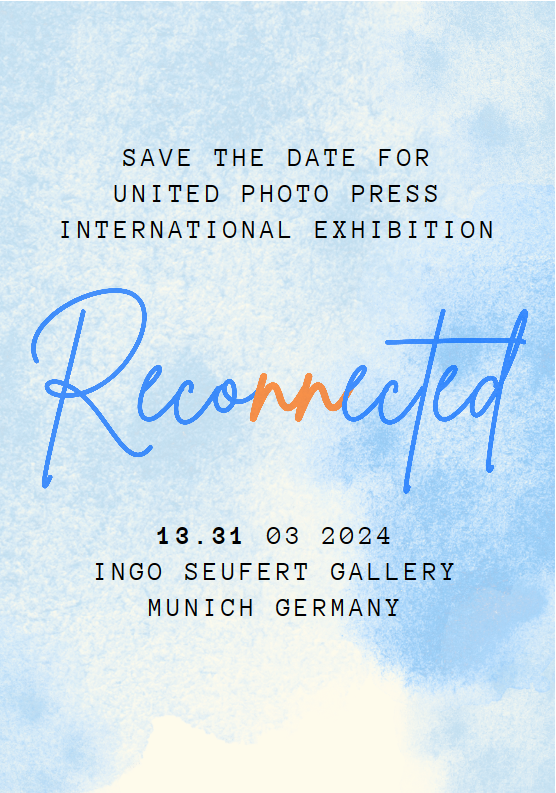 |
| Henri Cartier-Bresson: The Modern Century A 1972 photo of a Georgian family picnicking near a medieval monastery, part of a series taken in this retrospective at the Museum of Modern Art. |
For much of his long career as a photojournalist, which began in the 1930s and officially ended three decades before his death in 2004, Cartier-Bresson was compulsively on the move. By plane, train, bus, car, bicycle, rickshaw, horse and on foot, he covered the better part of five continents in a tangled, crisscrossing itinerary of arcs and dashes.
In addition to being exhaustively mobile, he was widely connected. Good-looking, urbane, the rebellious child of French haute bourgeois privilege, he networked effortlessly, and had ready access to, and friendships with, the political and culture beau monde of his time.
Nehru, Matisse, Jacqueline Kennedy, T .S. Eliot, Truman Capote, George Balanchine, Coco Chanel and Alberto Giacometti sat for portraits. And he created classic likenesses of them: the elderly Matisse in a dovecote of a studio; the wizened Giacometti caught in midstride like his sculptures; Capote with his amphibian stare; Chanel mummified in a suit of her own design.
The third and crucial constant in his career was, of course, a camera: in Cartier-Bresson’s case, a hand-held Leica, as neat and sleek as a pistol. Whether he was traveling as a journalistic eye for hire or sauntering through Paris of an afternoon, the camera went too. He shot thousands upon thousands of rolls of film at 36 exposures a roll, meticulously numbering each roll before sending it off to be developed — a process he had no interest in — by magazines or photo agencies. (He was a founding member of the Magnum Photos cooperative in 1947.)
Cartier-Bresson seldom saw his work until it was in print, and then sometimes had occasion to be appalled. Suffice it to say that the Modern’s display, with black-and-white prints (he hated color film), framed and hung against pristine white and gray walls, is a far remove from the hurly-burly magazine layouts in which many of these pictures first appeared.
Cartier-Bresson’s dematerialized working method, so focused on the shutter moment, set a model for modern photojournalism, a field he basically invented. Equally influential was the way he approached that moment: with a Zen combination of alertness and patience that allowed him to be absorbed by unfolding events as they absorbed him.
Some of these events were small and sweet: a man sailing over a puddle, lovers smooching, a kid zooming by on a bike. Others were huge. In 1945 he was in Germany to record the aftermath of World War II. (He had spent almost three years as a prisoner of war in German camps.) In 1948 he was in Shanghai when citizens were storming banks for gold in the last frantic days before Communist forces arrived. He witnessed the end of the British Raj. He photographed Gandhi just before he was assassinated, then documented the funeral.
There’s some of all of this in the MoMA retrospective, “Henri Cartier-Bresson: The Modern Century,” organized by Peter Galassi, the museum’s chief curator of photography. The show unfolds in 13 thematic sections. All but the first are chronologically mixed, and the pictures in that opening section, almost all from the 1930s, are some of the freshest he ever made.
He was in his 20s then. Raised in Paris, he had ambitions to be an artist. He studied with a painter who worked in a late-Cubist style, but hung out in the Surrealist circle around André Breton, soaking up leftist politics and heterodox aesthetics.
In 1930, with his painting prospects looking dim (Gertrude Stein had dropped a discouraging word about his talent), he picked up a camera. An early piece at MoMA, a 1932 shot of a man passed out on a Paris street, might be taken as a formative experiment of street photography. And Surrealism naturally had its impact: his shots of light-bleached plazas and factory walls are pure De Chirico.
After seeing photos of Africa by an older colleague, Martin Munkacsi (1896-1963), Cartier-Bresson headed there in 1930, beginning a lifetime of perpetual motion. By middecade, he had gone from Africa back to France, then to Italy, Spain, Mexico and the United States. Many of his signature works are from this period: Mexico City prostitutes squeezing through narrow windows; a Spanish child seemingly gripped by an ecstatic fit (he was looking up at a ball thrown out of camera range); and a quartet of stout and at-ease French picnickers lounging by a river.




